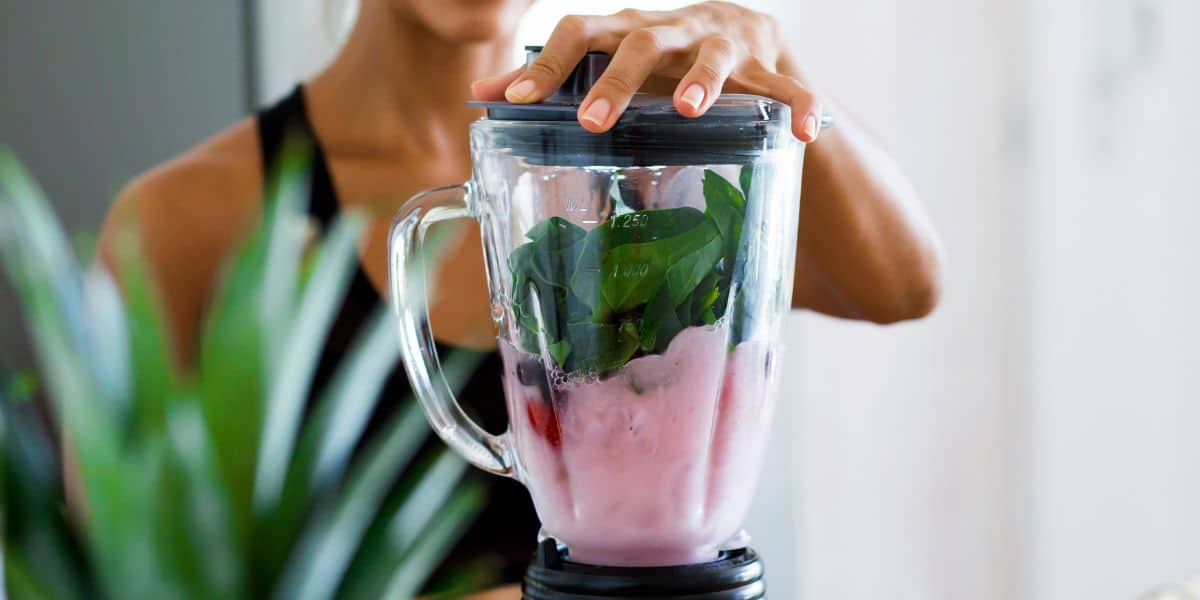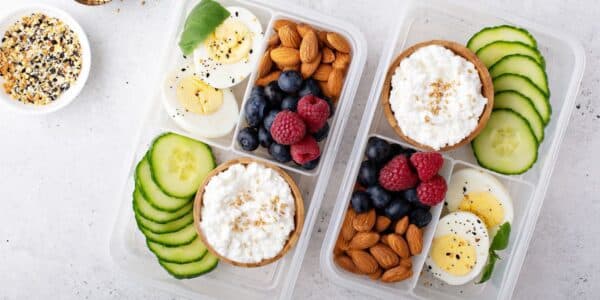If you’ve found yourself here, you might be asking yourself “are protein shakes the same as meal replacements?”. This article will give you the full breakdown on the difference between a meal replacement vs protein shake and how each can help you achieve your nutrition goals.
If you buy from one of the links in this post, I may earn a commission. Visit my Privacy Policy for more information on affiliates.
As someone with ADHD, I know it can be a real time and stress saver to reach for something that is both nourishing and filling.
As a Registered Dietitian Nutritionist who works with people with ADHD, I often get asked if meal replacement drinks and protein drinks are the same thing.
While they are both drinkable products, they help you accomplish different health goals – from fitness to general nutrition.
So, what’s the difference and which one should you choose?
Meal replacements
What are they?
As the name suggests, meal replacement shakes are designed and intended to replace a meal or a snack.
Nutritional composition
Meal replacements contain the necessary macronutrients and micronutrients to meet the nutritional value of a balanced meal. This includes enough protein, carbohydrates, and healthy fats, as well as any essential vitamins and minerals.
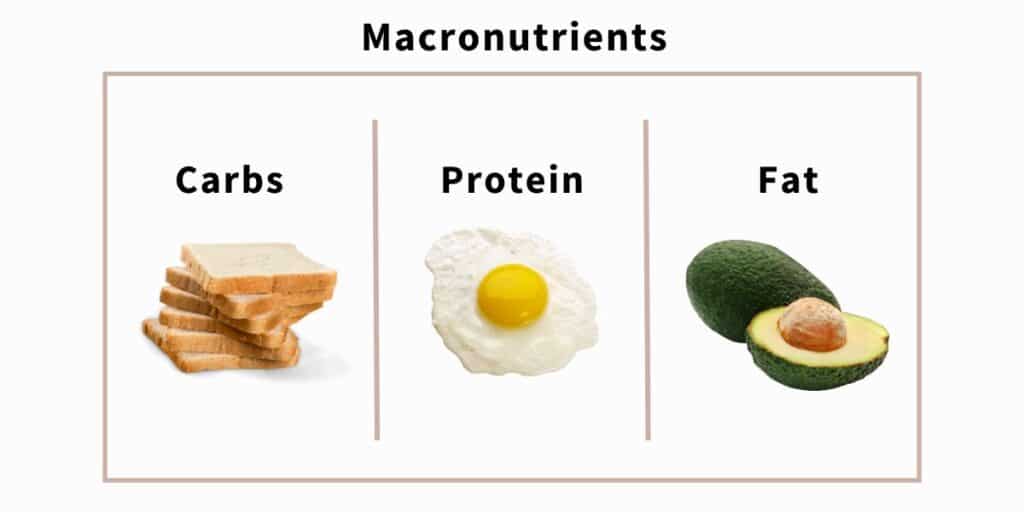
While they are nutrient dense, they usually contain fewer calories than a typical meal or protein shake. So certain types of meal replacement shakes may be used to achieve a calorie deficit or meet weight loss goals.
Different forms available
There are a variety of different types of meal replacement shakes available on the market. They usually come as prepackaged liquid, ready-to-consume tetra packs.
Meal replacement powder is more commonly found in the diet and weight loss industry. These meal replacement powders usually require the addition of water, milk, or a milk substitute.
Regardless of nutrition goals, there are options to meet your unique dietary needs – whether you are dairy-free, gluten-free, plant-based, or on another specialized diet.
They often come in different flavors like chocolate, vanilla, or strawberry.
Benefits of meal replacement shakes
- They are an excellent source of nutrition and are designed to replace a complete meal
- They are convenient when you are on-the-go
- They reduce the need for cooking
- They can be a great choice if you are unable to meet your dietary needs through food
- They can be used for weight management or portion control (when supervised by a nutrition professional)
- They must meet specific nutrition standards to quality (in some countries)
Let me briefly explain this last point before we move on.
In certain countries, like Canada (but not the United States!), meal replacement products are regulated by the government.
This means that they must meet specific calorie and nutritional standards to qualify and be sold as meal replacements.
For instance, in Canada, they must contain a minimum amount of calories, protein, vitamins and minerals, and a maximum amount of energy from fat.
In addition to a certain amount of protein per serving, these shakes usually need to meet a certain level of protein quality that includes a variety of essential amino acids.
So you can ensure a specific level of quality in these products and they can contribute to a healthy diet.
Limitations and considerations
- They are often lower in calories than a typical meal. Most contain just over 200 kcal per serving, which means that they may not be able to replace all meals. Depending on your caloric needs, you will likely need to consume extra calories throughout the day if incorporating them into your diet.
- They can be less satiating than eating whole foods.
- They may include “artificial ingredients” such as fortified nutrients and added emulsifiers. As a registered dietitian, there is nothing wrong with this. In fact, these ingredients can actually improve the nutrition and shelf life of these products. However, some people may feel differently.
- They can be expensive.
When should you choose a meal replacement shake?
You may consider a meal replacement shake when you can’t meet your nutritional needs with food.
There are a number of reasons why you might choose a meal replacement shake:
- You are looking for an easy way to meet nutritional needs. They provide quick nutrition if you lack time or the motivation to cook
- You require convenient nutrition for medical reasons
- You are incorporating them into your diet to meet weight loss or weight management goals. I highly suggest working with a Registered Dietitian if this is the case
- You are traveling and need healthy foods on-the-go
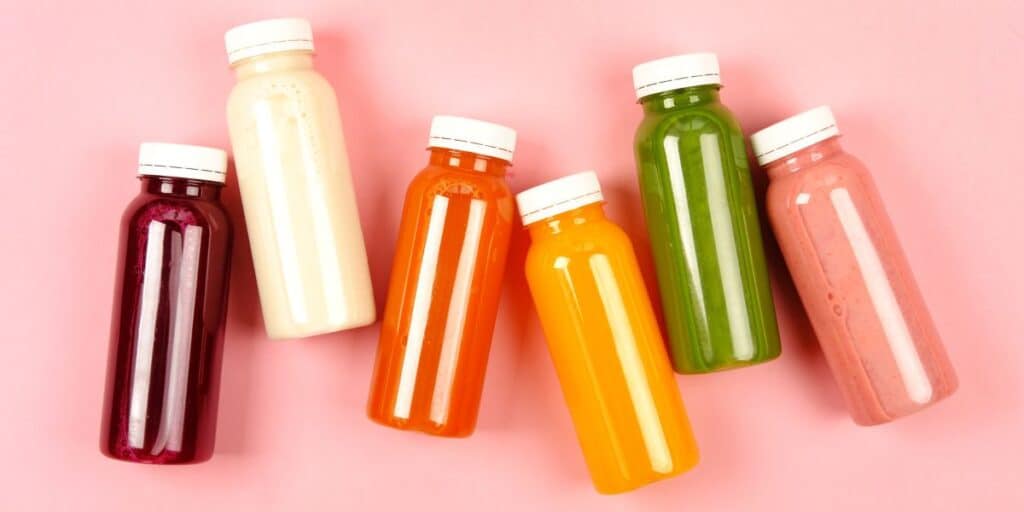
Protein shakes
What are they?
Unlike meal replacements, protein shakes are not intended to replace a meal. They are designed to supplement your current food intake with additional protein and help you meet specific health goals.
These goals might include fitness goals such as muscle growth or maintaining muscle mass, increasing calorie intake or weight gain, or simply increasing protein intake.
Nutritional composition
Protein shakes are a concentrated source of protein and are intended to help you add extra protein to your diet.
There is no regulated standard for the grams of protein that these shakes must contain, but they often have more protein than a typical smoothie or snack.
Protein shakes have less emphasis on other macronutrients like carbohydrates and fats, which may be added in different proportions.
The micronutrient composition will also vary and these shakes will not include all the essential nutrients needed from a full meal. In fact, protein shakes are rarely fortified with extra nutrients.
The number of calories in a protein shake will also differ as the ingredients and portion sizes can range.
What is the role of protein in the body?
Protein is a macronutrient, which is a nutrient that your body needs in larger “macro” amounts. It consists of its building blocks, called amino acids, that help you grow and repair cells, maintain fluid balance, and regulate hormones…among other things.
Protein can also be used as an energy source by the body.
It is of particular importance to those who are living with a chronic illness, recovering from an injury, or trying to gain muscle mass or prevent muscle loss.
Different forms available
Protein shakes typically come in powdered form – aka protein powder – and are to be mixed with a liquid like water, milk or a milk alternative. Ready-to-drink (RTD) protein shakes are also available in liquid form.
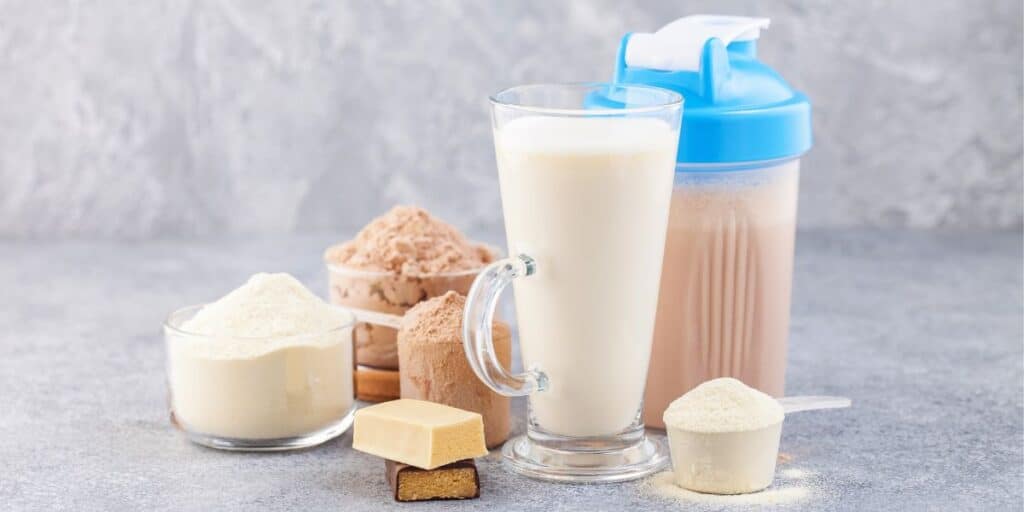
Another common protein shake option is the one you make at home with high-protein ingredients you have on hand. These might include animal or plant-based proteins or protein powders, as well as fruits and vegetables, juice, oats, etc.
How to add protein to your smoothie
Below are some common animal and plant-based protein options that you can add to a protein shake.
Animal-based protein
- Whey protein
- Casein
- Collagen
- Milk
- Greek yogurt
- Skyr
- Cottage cheese
- Egg
Plant-based protein
- Soy
- Silken tofu
- Nut butters
- Chia seeds, flax seeds, and hemp hearts
- Legumes
- Some plant-based milks, like soy milk
Check out my High Protein Foods Chart article for a list of more protein foods or download the high protein foods PDF below.
Benefits of protein shakes
- They are a good protein source
- When combined with healthy meals, they can be a part of a balanced diet
- They are convenient to make at home or have on-the-go
- They can be a good option if you are unable to meet your protein content needs through whole foods and can help you meet your protein goals
- They promote muscle recovery and muscle gain, when used in combination with proper exercises and rest
Limitations and considerations
- They are an inconsistent source of calories and nutrition since protein powders and RTD shakes are not regulated
- They offer an inadequate macronutrient balance
- They are not often fortified with other micronutrients
- They often contain the milk proteins whey or casein, which are somewhat common milk allergens (homemade shakes or plant-based options can help here if you need!)
- They do still require some effort on your end, unless you purchase RTD shakes
When should you choose a protein shake?
You may consider a protein shake when you are looking for a convenient way to add a protein supplement to your diet.
There are a number of reasons why you might choose a protein shake:
- You are looking for an easy way to add more protein to your diet
- You have higher protein needs because you are sick, living with a chronic illness, are recovering from surgery or injury
- You are looking to gain or maintain lean muscle, in combination with exercise
- You are a vegetarian or vegan struggling to meet your protein needs. Plant-based protein shakes don’t require you to eat a large volume of food to reach protein goals
Can protein shakes be used as meal replacements?
No. Protein shakes should not be used as meal replacements.
WHY? They do not contain the nutrients necessary to support health and are not designed to replace a regular meal.
Meal replacement vs protein shake: Which should I choose?
When choosing between a meal replacement vs protein shake, it is important to select the option best suited for your needs. Please consider your individual dietary requirements, goals, and preferences.
If you are looking for a convenient way to replace one or a few of your daily meals, a meal replacement shake may be the best option for you.
If you are looking to add protein to your diet, a protein shake may be the best option for you.
Regardless, consult with a Registered Dietitian Nutritionist or healthcare provider for more personalized guidance on this topic.
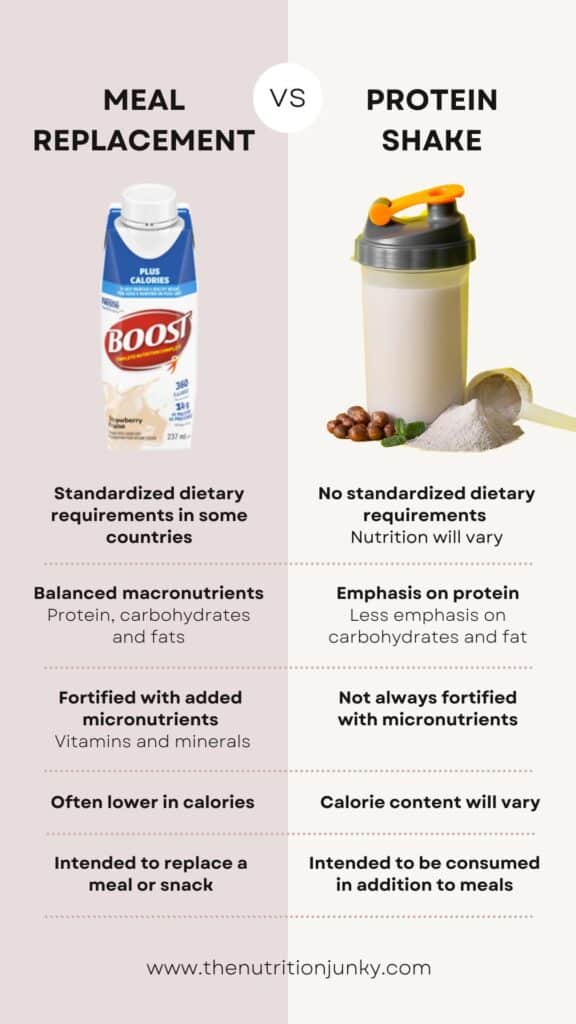
Bottom line
- Meal replacements and protein shakes are similar in that they are both easy-to-consume and often filling sources of nutrition. They both contain protein.
- They are different in terms of what you are trying to accomplish:
- Meal replacements are balanced and intended to meet your caloric and nutritional needs for a meal
- Protein shakes emphasize protein, whereas calories and other nutrients can vary based on the product or shake
- Choose one that meets your individual nutritional needs, goals, and lifestyle
- Seek guidance from a Registered Dietitian or healthcare provider for individualized advice on which option might be best for you
Let me know what you thought of this article on deciding between a meal replacement vs protein shake in the comments below.
If you want to read more, check out my article on What to Eat When Nothing Sounds Good or, if you have ADHD and want more information on nutrition, check out my ADHD nutrition tips in my article on the ADHD Diet.

